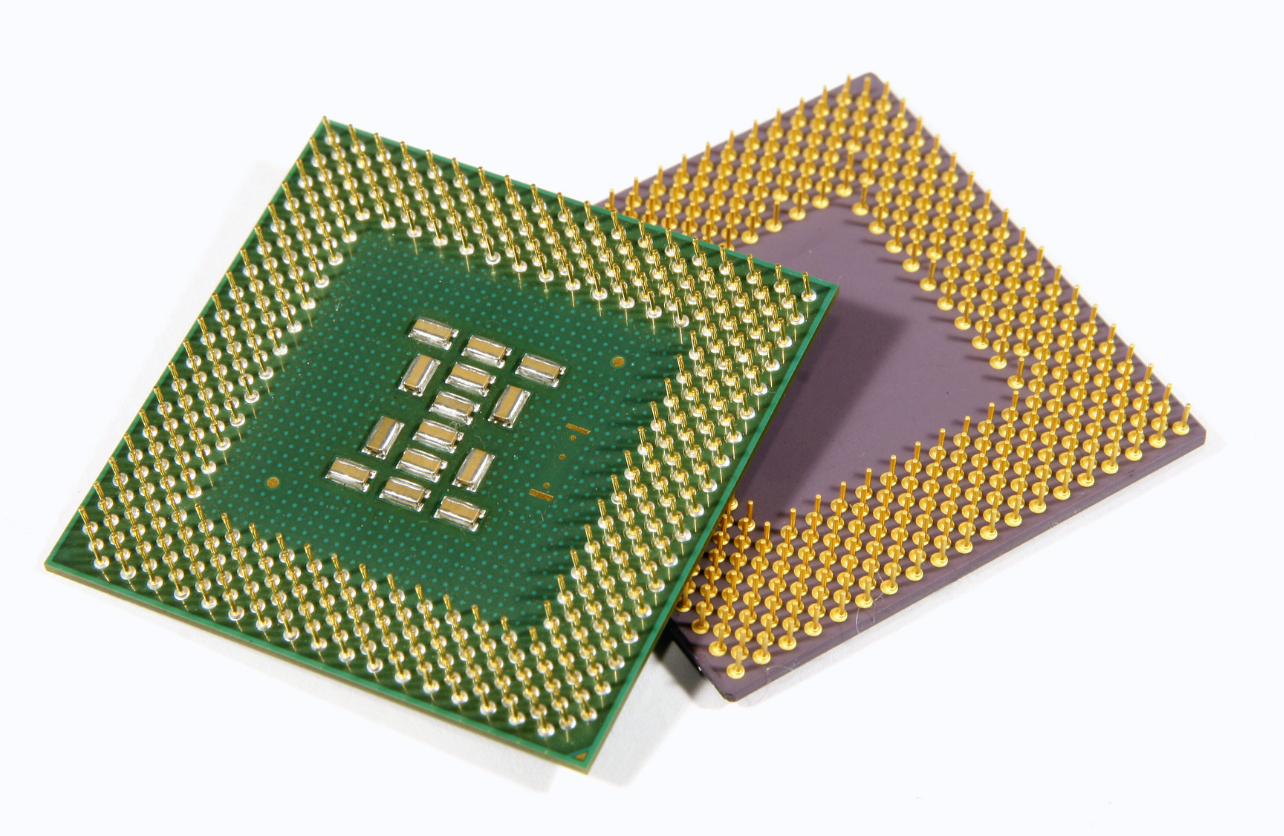How to Check Your CPU’s Architecture on Linux

View all Contents
Knowing your CPU’s architecture is essential for tasks like installing the correct software packages, choosing the right OS version, or ensuring hardware compatibility. In Linux, you can quickly check whether your CPU is 32-bit, 64-bit, ARM, or another type by using a few straightforward terminal commands. Here’s a guide to help you determine your CPU’s architecture on any Linux distribution.
Your Trust, Our Core Commitment
At Rising Tech, earning and maintaining your trust is the cornerstone of our mission. We're dedicated to transparency, impartiality, and the relentless pursuit of truth in every article, review, and recommendation we publish. Our commitment to these principles ensures that you, our valued reader, are always equipped with reliable and unbiased information. Let us be your trusted guide in the ever-evolving world of technology.